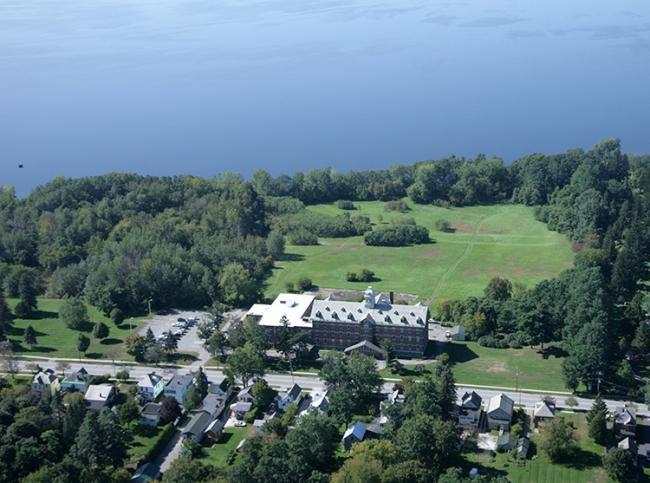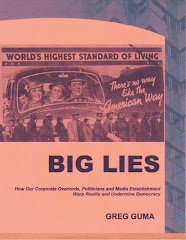PJC NEWS - It was odd to read in the Burlington Free Press that Vermont
Adjutant General Michael Dubie has hailed the F-35 Joint Strike Fighter as a
“national treasure.” But the real shock is that Vermont’s congressional
delegation -- Bernie Sanders, Patrick Leahy, and Peter Welch -- have fallen into the role of cheerleaders about the prospect of
basing the plane in South Burlington.
As Dubie and Vermont's representatives in Washington
ought to know, the F-35 is a classic boondoggle. At a cost of one trillion and
counting it's the most expensive Pentagon weapons program ever. One reason is
that it would use stealth technology, which is extremely expensive to produce
and requires the manual installation of 60,000 rivets. Within the military, the
F-35 has become known as a “flying brick” that won’t end up doing
anything well.
In fact, some Pentagon managers think it should be scrapped.
 |
| Video of May, 2012 Public Hearing Available on YouTube |
According to Pentagon procurement expert Winslow
Wheeler, the original idea for the F-35 was to replace the F-16. But then the
Defense Advanced Research Projects Agency (DARPA) added the technical bells and
whistles, hoping to produce a plane that could be used for not only for
air-to-air fighting but also for air support and stealth missions. In
other words, it is supposed to address the needs of three different
military services. The result? Although it replaces the Air Force A-10, for
example, it reportedly represents a step backward.
A faction in the Navy has
publicly criticized the plane, especially the idea of its so-called
“multi-role.” Maintenance and support carry a high price tag – $700 million
over the lifetime of a single plane. The engines reportedly run so hot that they
can melt the decks of aircraft carriers on vertical takeoff and fatigue the
metal beneath.
The conventional wisdom that led to this
technological dead end is that the US can no longer afford to build
special purpose planes for different branches of the military. Thus, the bright
idea was to produce hundreds of multi-purpose planes. But there is no example
of a “multi-role” design that has been successful and affordable.
An International consortium was developed
to promote sales. At first eight nations were convinced to commit and
participate in co-production in the expectation of obtaining benefits down the
line. However, several of the partners are having second thoughts. Denmark
and the Netherlands have been delaying their contribution, Britain may cut
support, Australia is asking questions, and Israel is getting nervous.
The obvious solution, according to
insiders, is to build a larger number of more effective planes. For
example, experts have recommended using some of the money being wasted on the
F-35 to fund the F-16 and A-10, updating older models and improving airframes,
and building a bigger F-15e or more F-18s, which cost a lot
less.
Politicians like to take credit for bringing
federal projects to the state. But in this case, rather than focusing
on the prestige of having a new weapons system located in Vermont, or
on possible jobs that may not actually materialize, shouldn't
our elected representatives be worrying more about how such wasteful,
ineffective spending affects both the deficit and real military readiness?
Sure, having the F-35 based in South Burlington will be noisy. Anyone who lives
near the airport can imagine what that will be like. But there are even more
compelling reasons to stop competing for this flying brick and look at more
sensible and affordable alternatives.
- Greg Guma
Originally published November, 2010
Related Stories:































No comments:
Post a Comment